This article was co-authored by Lewis Chen, DDS, FICOI, FIADFE. Dr. Lewis Chen is a licensed Dentist in both New York and New Jersey, specializing in providing high-quality oral care in the form of preventative care. He holds an Economics degree from New York University. Dr. Chen earned his doctorate at Columbia University College of Dental Medicine. He graduated top of his class with the highest honors and distinction and was nominated and inducted into the only renowned, national dental honor society, Omicron Kappa Upsilon (OKU). He then completed a comprehensive training program at the Bronx VA Medical Center and, shortly after, decided to pursue multiple practice ownership and management. Dr. Chen has acquired numerous accolades over the years, including New York Academy of Dentistry Exemplary Professional Conduct Award, Academy of General Dentistry Outstanding General Practitioner Award, American Academy of Implant Dentistry Award, and Pierre Fauchard Foundation Award.
There are 15 references cited in this article, which can be found at the bottom of the page.
This article has been viewed 275,891 times.
Dental braces work by applying continuous pressure over a period of time to slowly move teeth in a specific direction.[1] The problem is the slowly part. The first question of just about anybody wearing braces is: how soon can I get them off? Follow these instructions to get rid of your braces as soon as possible.
Steps
Tips to Shorten Your Braces Timeline
-
1Keep your mouth clean. Better dental hygiene can allow your teeth to move into the correct position more quickly.[2]
-
2Chop up solid foods. Cutting up foods like raw veggies, fruits, and crusty bread reduces pressure on your braces while eating and prevents them from being damaged.Advertisement
-
3Don’t eat hard or sticky foods. They can damage your braces and also cause tooth decay. Foods to avoid include:[3]
- Popcorn
- Nuts
- Chips
- Bubblegum
- Toffee
- Caramels
- Cookies
-
4Stay away from soda or other carbonated beverages. They can damage your teeth, which may mean more time in braces.
-
5Don’t chew on ice cubes. Doing so can damage your braces or your teeth.
-
6Don’t chew on things like pens or straws. It can damage your braces. Keep anything that isn’t food out of your mouth.[4]
-
7Break habits like biting your nails or playing with the elastics on your braces. Both activities can push your teeth out of line, increasing the amount of time you have to spend in braces.[5]
-
8Download an app. Research shows that orthodontics apps help people take better care of their teeth.[6] Just look up “orthodontics app”.
-
9Consider using an electric toothbrush for 15 minutes a day. A recent study shows this might speed tooth movement and reduce time in braces.[7]
-
10Do as your orthodontist tells you. The time required for braces to do their work varies from person to person, depending on the severity of the problem; the amount of space available on your jaw; the distance the teeth must travel; the health of your mouth; and how closely the patient follows instructions.[8] [9] That last bit is where you come in!
Choosing Your Treatment Strategy
-
1Start early. Children should have their first orthodontic screening at age 7, to check for potential problems. It is best to start with braces as soon as the permanent teeth are in place, which may be as early as 10 or 11 in girls and as late as 13 or 14 in boys. The less mature the teeth, jaws, and facial muscles, the more rapidly treatment can be accomplished, meaning less time in braces.
-
2Consider aligner therapy (ALT) instead of conventional edgewise braces (CEB). Metal, edgewise braces involve bonding stainless steel metal to your teeth to apply precise forces that move them into place. Aligners are a clear, strong plastic material fabricated to fit each person’s mouth. Like conventional metal braces, they work by exerting pressure over time. Unlike metal braces, you will go through a series of aligners, wearing each one for three weeks.[10] Aligners are less obtrusive and studies show they reduce time in braces.[11]
- Aligner braces are more expensive. Depending on your particular situation, they may reduce time in braces by only a small amount, or not at all, so consult your orthodontist before deciding which braces you will choose.[12]
- Unlike metal braces, aligners can be taken out, which is great for photo ops, etc. However, they must be worn at least 20 hours a day to be effective. If you are worried about your child wearing them enough, you may want to opt for metal braces.[13]
-
3Consider accelerated orthodontic treatment if you are an adult.[14] Because adults have more developed teeth and jaws, teeth take longer to move. Low laser therapy and corticotomy,[15] [16] as well as micro-osteoperforation[17] have all been shown to reduce treatment times in adults.
- Low laser therapy involves directing short bursts of low-frequency light at the jaw in order to increase the production of osteoclasts, cells that demineralize bony block in the jaw, thereby speeding tooth movement. It also reduces pain.[18]
- Corticotomy involves making small cuts to the bone around the tooth in order to greatly speed movement. It is often combined with alveolar grafting (grafting demineralized bone over the cuts) in a technique called Accelerated Osteogenic Orthodontics. It has been shown to reduce the time of treatment by up to one third.[19]
- Micro osteoperforation is similar to corticotomy, accept that a tool is used to make much smaller perforations in the bone. This increases the production of osteoclasts, helping to demineralize hard bone and promote movement.[20]
-
4Consult your orthodontist to discuss the pros and cons of various treatments. Be wary of Acceledent – a much-promoted device, which creates micro-vibrations that are intended to speed tooth movement. It is very expensive, and recent clinical studies indicate that Acceledent does not shorten time in braces.[21]
References
- ↑ http://www.webmd.com/oral-health/guide/braces-and-retainers#2
- ↑ http://www.oralb.com/topics/getting-your-braces-off-sooner.aspx
- ↑ http://www.oralb.com/topics/getting-your-braces-off-sooner.aspx
- ↑ http://www.oralb.com/topics/getting-your-braces-off-sooner.aspx
- ↑ http://www.oralb.com/topics/getting-your-braces-off-sooner.aspx
- ↑ http://www.ncbi.nlm.nih.gov/pubmed/25799001
- ↑ http://www.ncbi.nlm.nih.gov/pubmed/25811245
- ↑ http://www.webmd.com/oral-health/guide/braces-and-retainers?page=2
- ↑ Lewis Chen, DDS, FICOI, FIADFE. Licensed Dentist. Expert Interview. 11 May 2021.
- ↑ http://www.webmd.com/oral-health/guide/invisible-orthodontic-aligners
- ↑ http://www.ncbi.nlm.nih.gov/pubmed/24749702
- ↑ http://www.ncbi.nlm.nih.gov/pubmed/24749702
- ↑ http://tiganiorthodontics.net/tigani-aligners/what-are-clear-aligners/
- ↑ http://www.ncbi.nlm.nih.gov/pubmed/25072362
- ↑ http://www.ncbi.nlm.nih.gov/pubmed/25072362
- ↑ http://www.ncbi.nlm.nih.gov/pubmed/25072362
- ↑ http://www.ncbi.nlm.nih.gov/pubmed/?term=micro-osteoperforation
- ↑ http://cdn.intechopen.com/pdfs-wm/24348.pdf
- ↑ http://www.sciencedirect.com/science/article/pii/S1013905209000492
- ↑ https://orthodonticscientist.org/images/pdf/Pub_Effect-micro-osteoperforations.pdf
- ↑ http://www.ncbi.nlm.nih.gov/pubmed/?term=acceledent
About This Article
To get your braces off faster, make sure to follow your orthodontist’s instructions. For example, keep your mouth clean since better dental hygiene can allow your teeth to move into the correct position more quickly. Additionally, cut up solid foods like raw veggies, fruits, and crusty bread to reduce the pressure and limit the damage on your braces while eating. You’ll also want to avoid hard or sticky foods, like popcorn, gum, and caramels, which not only cause damage to your braces but also to your teeth. Another way to get rid of your braces faster is to use an electric toothbrush, which may speed up tooth movement. To learn how to use an orthodonture app to keep your teeth healthy, keep reading!

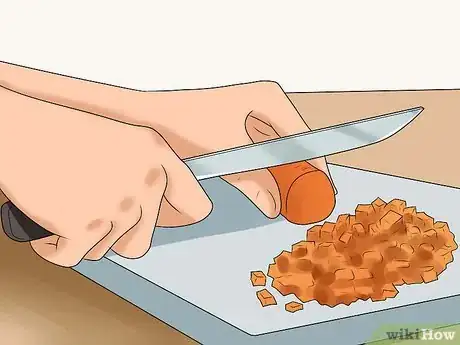
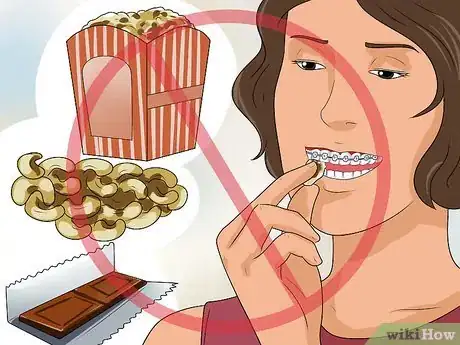
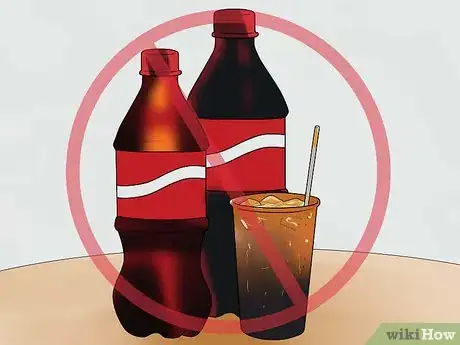
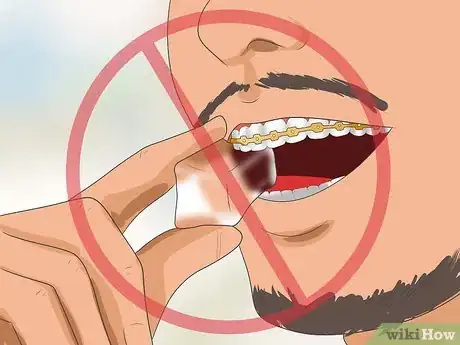
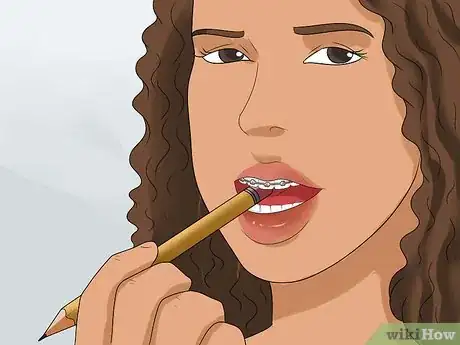
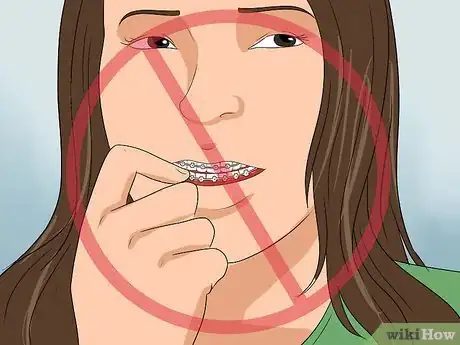
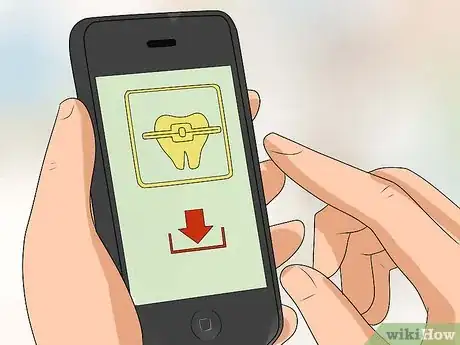
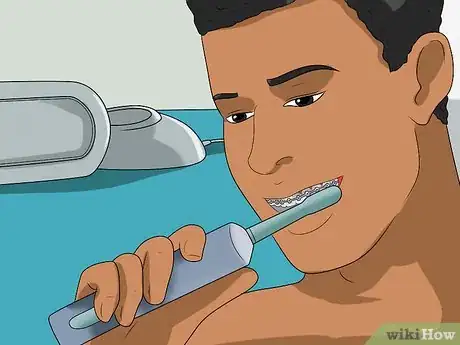
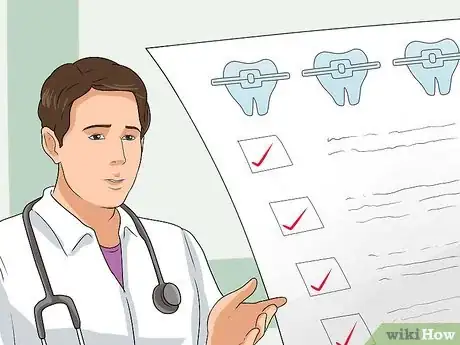

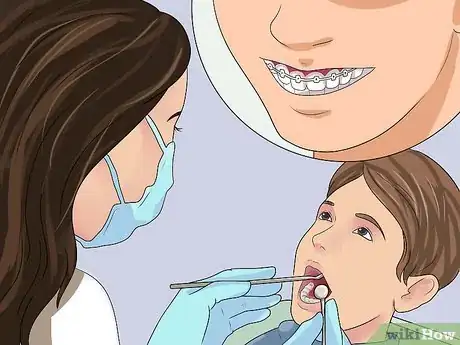
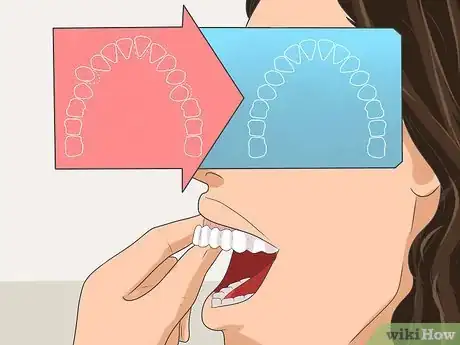
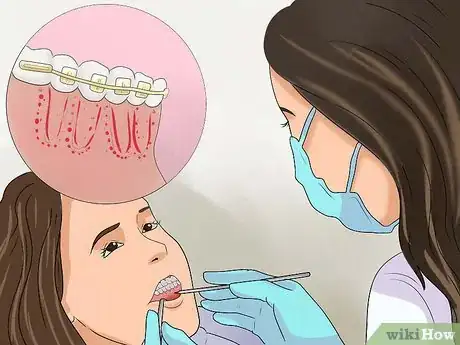
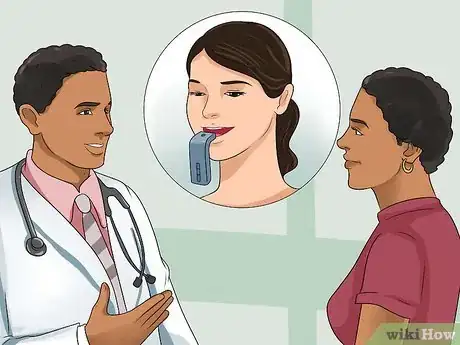

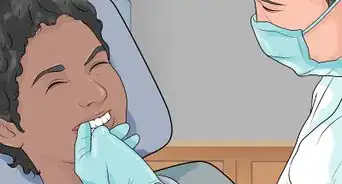

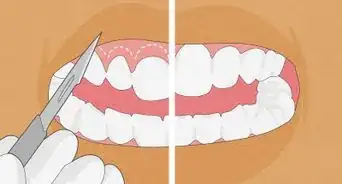

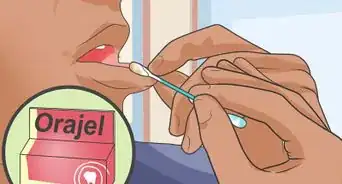

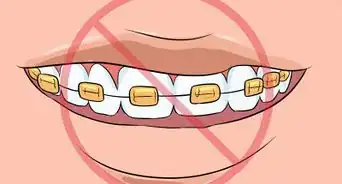
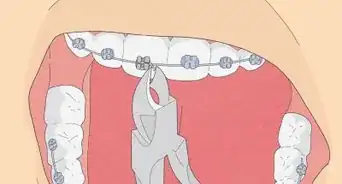
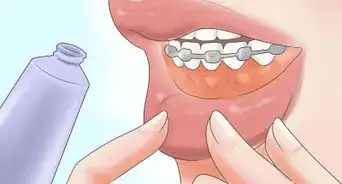
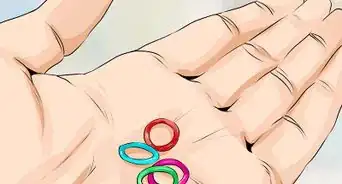
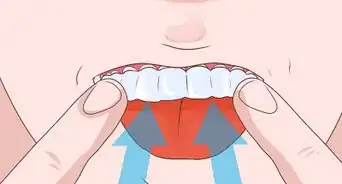
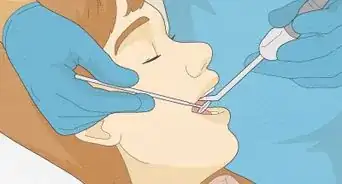









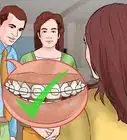


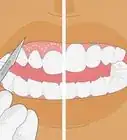



































Medical Disclaimer
The content of this article is not intended to be a substitute for professional medical advice, examination, diagnosis, or treatment. You should always contact your doctor or other qualified healthcare professional before starting, changing, or stopping any kind of health treatment.
Read More...